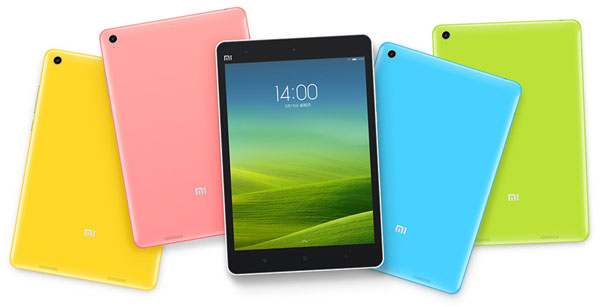Facebook page benchmarks

How Does Your Facebook Page Stack Up?
How does your Facebook business page stack up relative to other Facebook pages of similar size? Is your page performing above or below average?
To answer these questions, it’s necessary to review some Facebook page benchmarks. To that end, quintly did an analysis of the average Facebook page performance along a few key metric and compared the Facebook page data from February 2014 with data from February 2015.
The results of quintly’s Facebook page analysis is included in the infographic below. These Facebook page benchmarks are not industry-specific and actual results for B2B and B2C businesses and business pages by industry will vary. That said, the data provided below can be used as “directional” guidance when evaluating a Facebook page’s performance against averages of pages with similar size audiences.
See you at the summary on the “other side” the following infographic:
This Infographic hopefully helped you to determine whether your Facebook Page is performing above the average or not.
Several Key Performance Indicators (KPIs) for various page sizes were analyzed. For the analysis quintly covered in the above infographic, pages were categorized into the following segments based on audience size (i.e. the number of fans/likes):
Facebook Page Benchmark segments:
- 1 – 1,000 Fans
- 1,001 – 10,001 Fans
- 10,001 – 100,000 Fans
- 100,001 -1,000.000 Fans
- 1,000,001 – 10,000,000 Fans
- 10,000,001+ Fans
Facebook Benchmark Analysis Ares
The following aspects of Facebook business pages were bench-marked:
- Average Number Of Facebook Fans – The total number of fans is still one of the most important metrics for Facebook marketers. Here you can see if your total number of fans is above the average.
- Engagement – Likes, Comments And Shares Distribution On Own Facebook Posts (in %) This diagram above (2nd in the infographic) shows you the interaction distribution of posts divided into likes, comments and shares.
- Interaction Rate (in %) – This chart compares the interactions of a Facebook page irrespective of the amount of their fans. The following formula is used for the calculation:((# of likes + # of comments + # of shares) / # of posts) * (100/# of fans).
- Average Number of Interactions per Own Post versus People Talking About This (engagement vs. mentions)
- Number of Page Posts (posts by a page administrator)
- Number of User Posts (post by page Fans)
Summary of Key Takeaways
One of the key takeaways that quintly found is that the “Average Number of Facebook Fans” have become more stable, though still growing as compared to their analysis in September 2014.
For smaller audiences (up to 1K fans), likes seem to be the overwhelming majority of engagement. Comments are most common on pages with between 1K – 100K fans, topping out at just 8% of the overall page engagement.
Shares are most common with pages that have between 10K-100K fans, topping out at 13% of total engagements for pages in that size segment.
The interaction rate seems to drop as the number fans per page get higher. This is true across all segments analyzed. One possible cause of this is the more intimate setting of a page with fewer fans where conversions feel more intimate.
As pages acquire more fans, the ratio of post engagement to mentions decreases. In other words, for pages with larger audiences, mentions are much more common that post engagement by a factor of more than 10x.
This is probably more a function of large, established brands naturally having more fans than less established, lessor known brands with pages that have a smaller fanbase and may well be more of a correlation vs. causation relationship.
Through KPI’s such as Interaction rate and Number of User Posts we can see that the average user is more likely to engage with Facebook Fan pages compared to last year, but much less likely to post overall.
Need Help with Your Facebook Strategy?
Now that you have seen how your Facebook page measures up to the averages of pages of a similar size in terms of number of fans. you probably have a better idea on where you need to focus on improvement.
If you want to discuss a Facebook marketing strategy or even tactical tune up, then contact us below and an eBiz ROI consultant will be in touch.
[contact-form-7 404 "Not Found"]






Leave a Reply